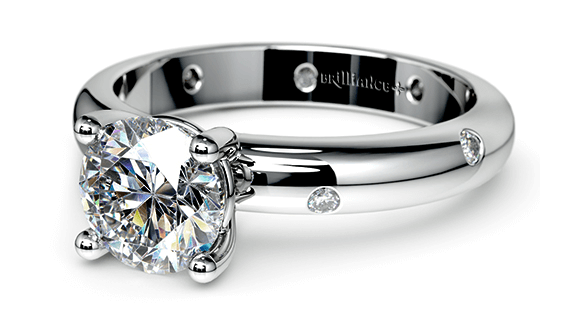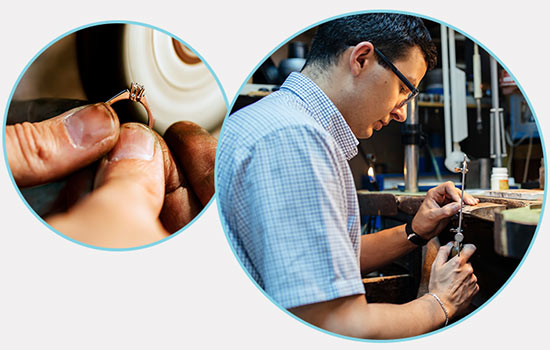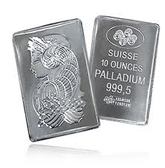Palladium
Deemed a smart, lighter alternative to platinum, palladium has gained immense popularity as a chosen metal for jewelry by women and men alike. Palladium is a precious metal that possesses an uncanny resemblance to platinum without the price tag. Its natural color is white, so this metal does not require rhodium-plating to render it into a fashionable jewelry shop novelty. Another appealing characteristic of palladium is that it is hypoallergenic (nickel free) and resistant to tarnish caused by prolonged wear and exposure.
At Brilliance, we have a wide selection of palladium jewelry pieces crafted considering quality, affordability, and unrivaled aesthetic standards. For shoppers who desire a stunning jewelry piece without having to pay an arm and a leg, Brilliance is the right stop.



